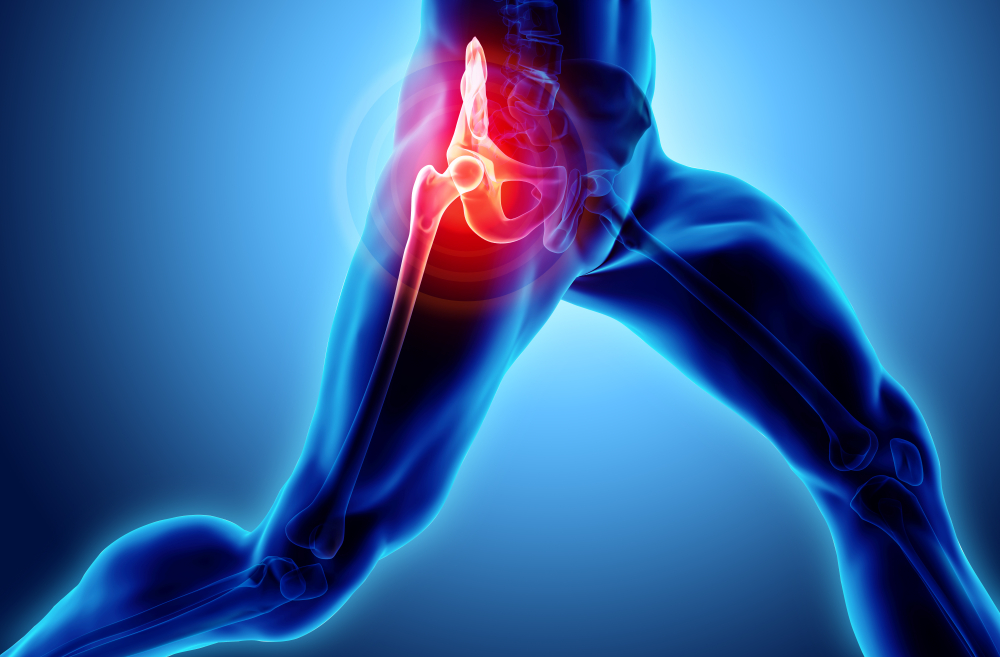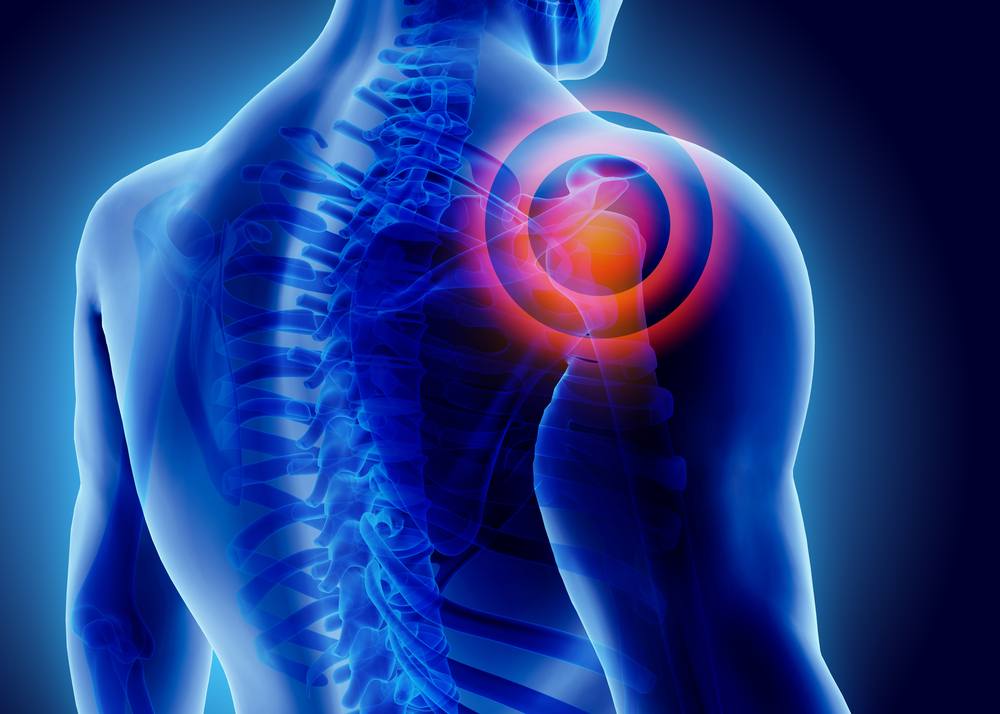Background— Obstructive sleep apnea syndrome (OSAS), characterized by intermittent hypoxia/reoxygenation (IHR), is an independent risk factor for cardiovascular disease. We investigated the underlying molecular mechanisms of this association in a translational study.
Methods and Results— In a novel in vitro model of IHR, we used HeLa cells transfected with reporter constructs and DNA binding assays for the master transcriptional regulators of the inflammatory and adaptive pathways (NFB and HIF-1, respectively) to investigate underlying transcriptional events initiated by repeated cell exposure to IHR. Furthermore, we prospectively studied 19 male OSAS patients (median apnea-hypopnea frequency, 48.5 episodes per hour; interquartile range [IQR], 28.5 to 72.9) and 17 matched normal control subjects. Circulating levels of the proinflammatory cytokine tumor necrosis factor- and the adaptive factor erythropoietin were assayed in all subjects at baseline and again after 6 weeks of continuous positive airway pressure in patients. Full blood count was measured as part of a detailed baseline evaluation. HeLa cells exposed to IHR demonstrated selective activation of the proinflammatory transcription factor NFB (P<0.001 by ANOVA), whereas the adaptive regulator HIF-1 was not activated, as demonstrated by luciferase reporter assays and DNA binding studies. Circulating tumor necrosis factor- levels were higher in OSAS patients (2.56 pg/mL; IQR, 2.01 to 3.42 pg/mL) than in control subjects (1.25 pg/mL; IQR, 0.94 to 1.87; P<0.001) but normalized with continuous positive airway pressure (1.24 pg/mL; IQR, 0.78 to 2.35 pg/mL; P=0.002). In contrast, erythropoietin levels were similar throughout. Furthermore, circulating neutrophil levels were higher in OSAS patients than in control subjects, whereas the hematocrit was unaltered.
Conclusions— These data demonstrate selective activation of inflammatory over adaptive pathways in IHR and OSAS, which may be an important molecular mechanism of cardiovascular disease.


